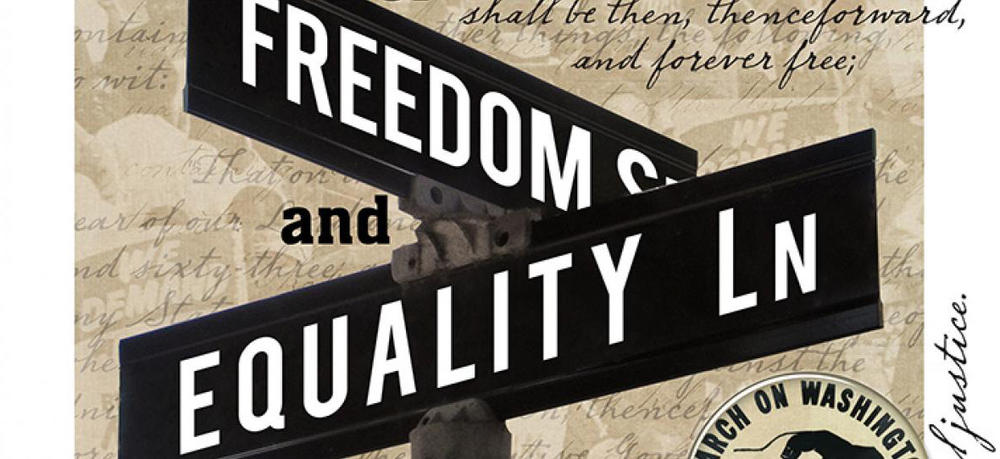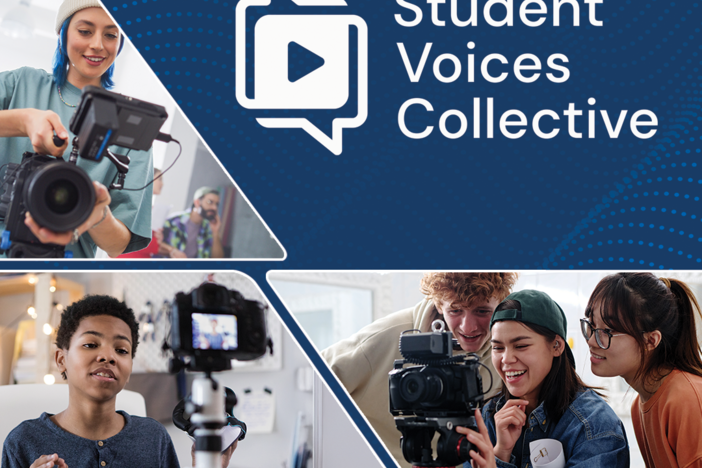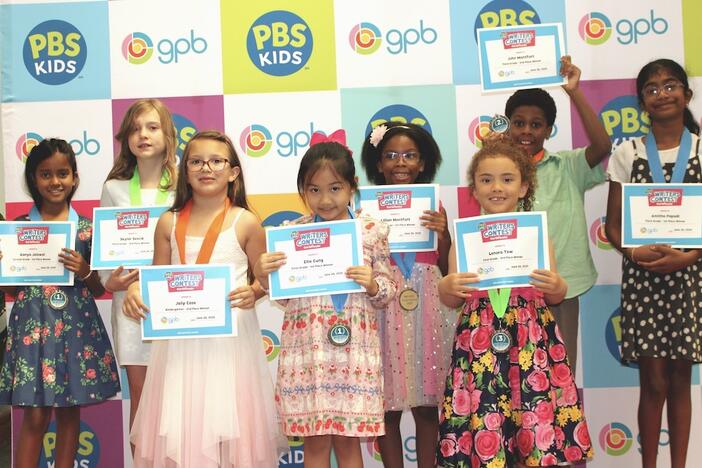
Section Branding
Header Content
Teaching Black History: Resources For All Ages
Primary Content

"The soul that is within me no man can degrade. I am not the one that is being degraded on account of this treatment, but those who are inflicting it upon me..." -Frederick Douglass
Black History Month is celebrated each year in the United States during the month of February to coincide with the birthday of President Abraham Lincoln on February 12 and Frederick Douglass on February 14. Here are resources to help teach students about the significant events and people in African-American history in the United States:
1. Civil Rights Movement Virtual Learning Journey
Grades: 4-12
Brimming with comprehensive, cross-curricular content, including 14 videos, primary source images and documents, compelling photo galleries, interactive maps, artwork, music, and more, this virtual collection invites students into an engaging exploration of some of the most significant events of the Civil Rights Movement.
2. Civil Rights Video Collection from Georgia Stories
Grades: 3-12
This video collection from Georgia Stories, an original series from Georgia Public Broadcasting, explores the Civil Rights Movement from inside the classroom to the streets of Atlanta and examines the movement’s lasting impacts.
3. Jazz
Grades: 6-12
Excerpts and lessons from Ken Burns' Jazz documentary series explore the evolution of America’s greatest original art form, focusing on the men and women who could do something remarkable—create art on the spot. Jazz celebrates their music in the context of the complicated country that gave birth to and influenced it, and was in turn transformed by it.
4. The March on Washington
Grades: 3-12
Help students understand the significance of the 1963 March on Washington and the role it played in the Civil Rights Movement with this collection of multimedia educational resources.
5. The History of Hip-Hop
Grades: 9-12
Use this collection of interviews from National Public Radio (NPR) with high school students to chronicle seminal people and events in the hip-hop movement.
6. What Makes Black Gospel Musicians So Skilled? | Sound Field
Grades: 6-12
LA and Nahre travel to Chicago, the birthplace of gospel music. There they meet gospel artist Donald Lawrence and LA introduces Nahre to drum shed culture at a shed session on the south side. Later LA travels to Orlando to meet singer Tye Tribbett at his church. They talk about the shared exchange between secular and nonsecular music.
7. The Underground Railroad
Grades: 5-12
Students in all grades can make decisions as they follow Harriet Tubman and escape from a slave owner in this online interactive.
8. Using Oral History to Understand Segregation
Grades: 9-12
Why is oral history important to remembering and learning from the past? How can hearing the stories of individuals help us better understand the experience and effects of segregation? In this lesson based on the PBS film, "A Place Out of Time: The Bordentown School,” students compare ideas and information from various sources to understand how oral histories contribute to our understanding of segregation. Students then conduct their own interviews to further their understanding of individual experiences during segregation.
9. Where Are You REALLY From? Black Migrations and Immigration, Explained | Say It Loud
Grades: 6-12
Human migration is a tale as old as time, but how has that impacted Black culture here in the U.S.? Hallease and Evelyn explore how the movement of Black folks has created icons from James Baldwin to Nipsey Hussle.
10. Jackie Robinson Collection
Grades: 6-12
Jackie Robinson tells the story of an American icon whose life-long battle for first class citizenship for all African Americans transcended even his remarkable athletic achievements. Jack Roosevelt Robinson rose from humble origins to cross baseball’s color line in the 1940s. A fierce integrationist, he used his immense fame to speak out against discrimination on and off the field. After baseball, he was a widely-read newspaper columnist, divisive political activist, and tireless advocate for civil rights.
11. Civil Rights: Internet Activism and Social Change
Grades: 9-12
Examine social media’s influence in America’s Civil Rights movement and its role in democratizing the media, in this video from Eyes on the Prize: Then and Now. Activists, including DeRay McKesson, use social media to support the work of social change protesters.
12. Muhammad Ali Collection
Grades: 6-12
This collection includes resources and clips from Ken Burns' eight-hour documentary that brings to life one of the most indelible figures of the 20th century, a three-time heavyweight boxing champion who captivated millions of fans across the world with his mesmerizing combination of speed, grace, and power in the ring, and charm and playful boasting outside of it. Ali insisted on being himself unconditionally and became a global icon and inspiration to people everywhere.
13. Harlem Renaissance Lesson Plan
Grade: 9-12
In suggested activities, students explore connecting ideas among artworks; compare portraits by African American artists and discuss black individuality; examine the work of Aaron Douglas and Pablo Picasso, whose work is inspired by African art; and analyze and compare the poetry of James Weldon Johnson and artwork by Aaron Douglas.
14. The African Americans: Many Rivers to Cross
Grades: 6-12
The series explores the evolution of the African-American people, as well as the multiplicity of cultural institutions, political strategies, and religious and social perspectives they developed — forging their own history, culture and society against unimaginable odds.
Using video clips from The African Americans: Many Rivers to Cross, this collection of lesson plans addresses a wide range of themes of the African-American experience from 1500 to the present.
15. Characters in Context: Their Eyes Were Watching God | The Great American Read
Grades: 9-12
In this lesson, students will determine the relationship between characters in Their Eyes Were Watching God and black cultural moments throughout history. Students will analyze primary and secondary sources looking at slavery, reconstruction, and the black renaissance, and connect these time periods with characters from Zora Neale Hurston's novel.
Follow us on Twitter and Facebook for more ideas on how to celebrate Black History Month!
Black History Month is celebrated each year in the United States during the month of February to coincide with the birthday of President Abraham Lincoln on February 12 and Frederick Douglass on February 14.





